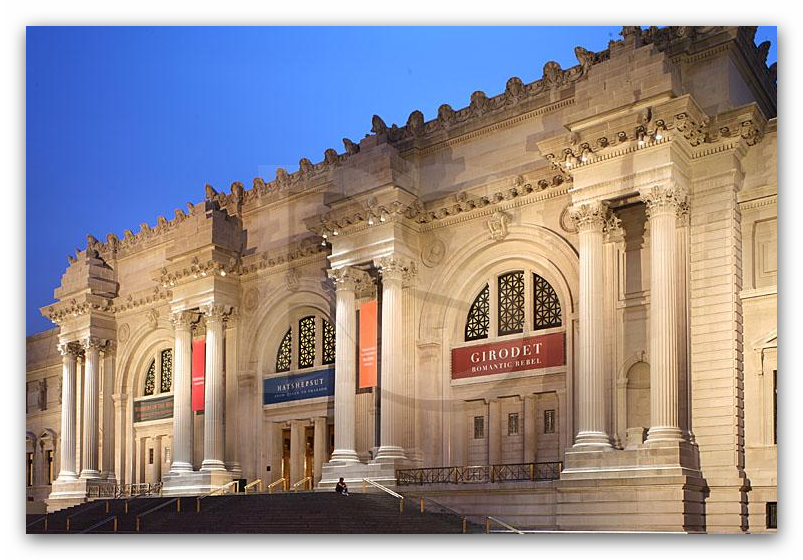Nov 22 2011 - Nov 27 2016
New York City, NY
Louisiana heiress and philanthropist Matilda Geddings Gray (1885–1971) acquired her first object by Fabergé in 1933. An artist herself, with a refined aesthetic sensibility, she was a sophisticated collector, while the name of the Russian artist-jeweler Peter Carl Fabergé (1846–1920) was almost unknown in the United States. Over the following years, Matilda Geddings Gray amassed one of the finest Fabergé collections in the world, and Fabergé's art has become widely known and internationally sought after.
A selection of works by Fabergé from Matilda Geddings Gray's sumptuous collection is on long-term loan at The Metropolitan Museum of Art, and comprises this exhibition. Objects originally commissioned by and created for the Romanov family, such as the Lilies-of-the-Valley Basket—the most important Fabergé work in a U. S. collection—and three magnificent Imperial Easter Eggs, are on view. The exhibition will display works from the collection on a rotating schedule for five years. Iconic works from the House of Fabergé have not been on public view in New York since 2004.
After Matilda Geddings Gray died in 1971, her collection passed to the foundation she had established, with the stipulation that a broad public should be able to enjoy it. The collection was on view for many years at the New Orleans Museum of Art and at the Cheekwood Botanical Garden and Museum of Art in Nashville. Earlier this year, the rare Imperial Napoleonic Egg and Lilies-of-the-Valley Basket from the collection were featured in the exhibition Fabergé Revealed at the Virginia Museum of Fine Arts, Richmond.
Peter Carl Fabergé (1846–1920) was a talented artisan and jeweler but also a visionary. In 1872 he took over his father's small atelier in Saint Petersburg and within forty years transformed it into the world's largest enterprise of its kind, employing some five hundred craftsmen and designers. During the 1870s Peter Carl Fabergé had ongoing and open access to the world-renowned collections of the Hermitage for cataloging, repairing, and restoring precious pieces, particularly ancient gold pieces of jewelry. In 1882, at the Pan-Russian Exhibition held in Moscow, he was awarded the gold medal for his accurate replicas of those objects, drawing the attention of the czar and of the Imperial family. In 1885 the House of Fabergé was nominated "Goldsmith by special appointment of the Imperial Crown" and received the commission for the first Imperial Easter Egg. The firm rapidly grew to become the largest jewelry enterprise in Russia, and from 1882 to 1917 (when the Russian Revolution brought an end to the Fabergé production), the House of Fabergé produced thousands of objects ranging from silver tea sets to objets de luxe. The artisan died in Lausanne, Switzerland, in 1920.
The exhibition features three of the fifty Imperial Easter Eggs created for the Romanov family by Fabergé beginning in 1885. Records show that the eggs were initially commissioned by Czar Alexander III for his wife, Maria Feodorovna, and then by his son and heir, Czar Nicholas II, for his mother and his wife. The creation of each Imperial Easter Egg required the work of many people—designers, gem cutters and setters, engravers, enamelers, polishers—and each could take more than a year to complete.
Credit: Exhibition overview from museum website.
Exhibition Venues & Dates
Nov 22 2011 - Nov 27 2016
New York City, NY
